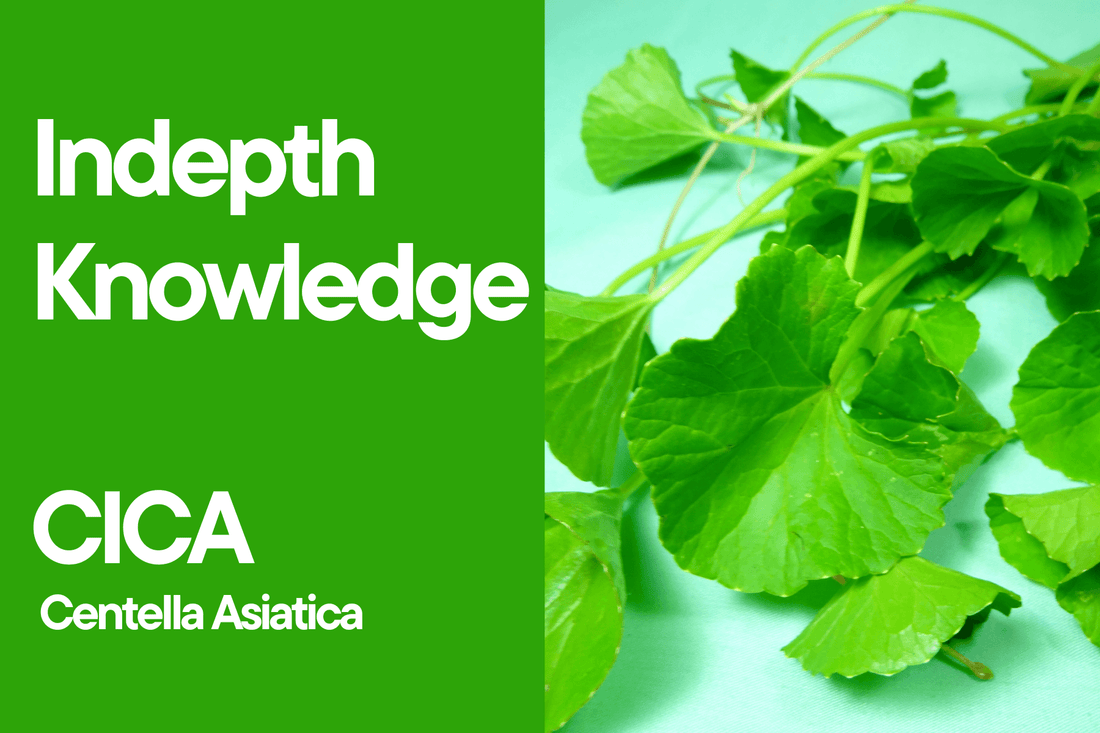I think CICA (Centella Asiatica) is one of the most popular ingredients for Korean Skincare Products. So many Korean skincare products already have used it for either the main ingredient or subordinated one. Its popularity is not just limited to Korea but already spread out all around the world. People in the USA google the keyword “Cicapair”, which is the mega million best seller product line of Dr. Jart+ about 9,900 times on a monthly basis. I believe one of your Korean skincare products highly likely contains CICA, which means CICA stays on your precious skin almost every day. So, it is a good time to know about it a little bit deeper.

The term CICA is named after each initial and rear letter, Centella Asiatica, and the origin of the term is derived from the full letters. To put “Centella Asiatica” in another way, this is also called “Tiger Grass”. The design of the Madecassol Care Ointment product shows the shape of a leaf. The leaf is “Byeonpul”. Once upon a time, a hurt tiger when close to a leaf rubbed it around its injured area to recover the wound quickly and called it “Tiger Grass”. It contains various ingredients promoting regeneration such as madecassoside, asiaticoside, madecassic acid and Asiatic acid, and so on which induce damage to recovery. Madecassol is represented as one ointment for skin wound recovery. The term CICA originated from it.

By the way, not all Centella Asiatica is contained in cosmetics called CICA. The term “CICA” itself is recently used as one representative of repair cream. There are two different types of repair cream. The one is to make damaged skin barriers healthy. And the other is to recover the wound quickly containing various ingredients good for wound-healing.
Nowadays, many repair creams use peptides and EGF (epidermal growth factor). If you look at the product name well, the product does not use repair “lotion” or “toner” but rather “cream”. The term repair “cream” is used for the following reasons. Basically, it contains oil much more than water. and forms a skin barrier to prevent the moisture loss of damaged skin from evaporation. This recovers the damaged skin back to its normal condition fast.

Sensitive and irritated skin may be allowed to use the cream in general because unlike we think our skin usually stays healthy, we are always exposed to harmful external factors such as pollutants, UV ray, and harsh weather. Those irritants make skin damaged all the time. So, we use repair cream to restore skin from wounds caused by irritants.

What is the difference between these ointments and repair creams? Antibiotic ointment is used to prevent secondary infection on damaged skin first. The secondary infection often induces scar and post-inflammatory hyperpigmentation. That’s the reason why it is very important to heal wounds early. When a wound occurs, the initial recovery process in our body is usually done within 2 or 3 days and it keeps going on until would get back to normal condition. It is much more helpful to use repair cream after the first recovery process. If you have a wound that is not relatively severe so, you don’t have to worry about the risk of secondary infection, you can also use repair cream immediately after the wound.


